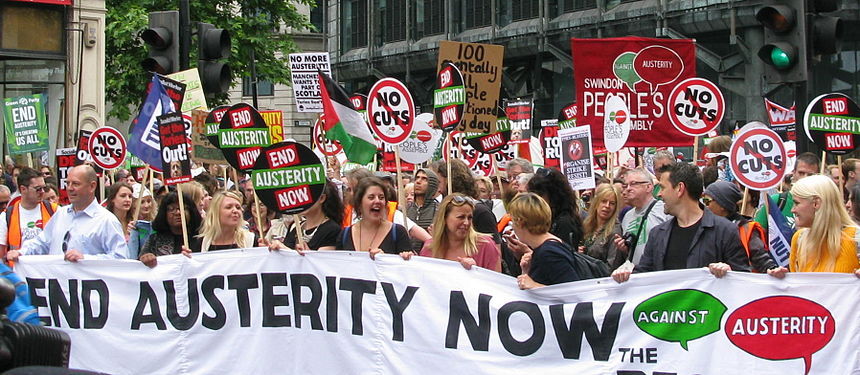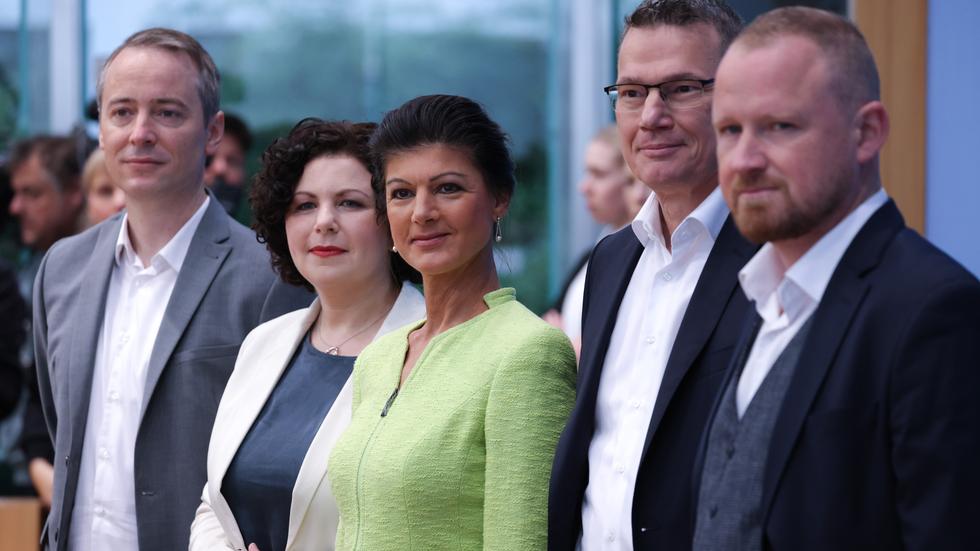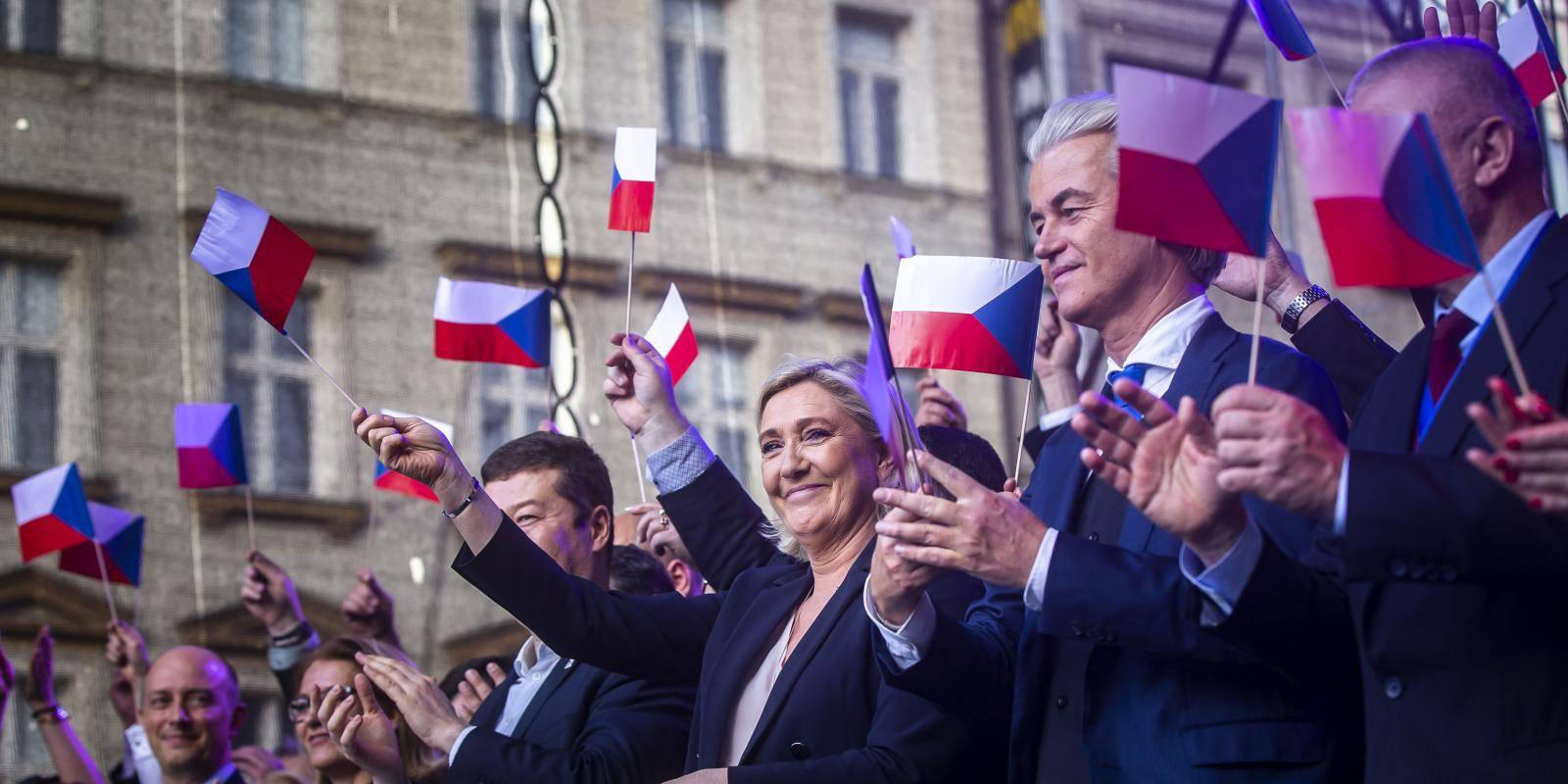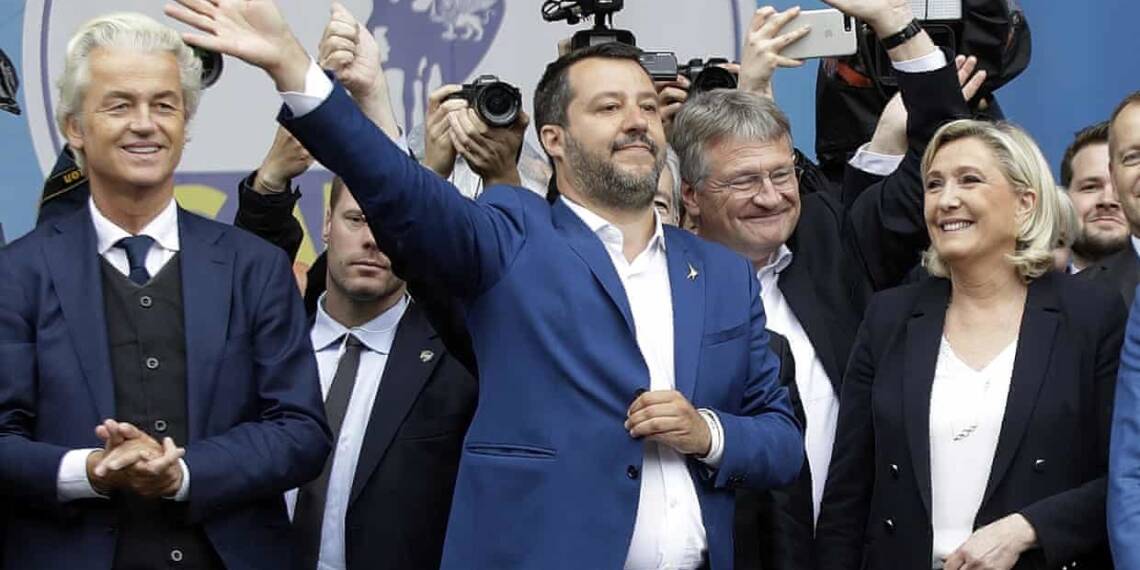Over the past ten years, every election that surprises EU leaders leads to talk about the EU breaking up. This happens often, and we’ve thought this way too. But each time, the EU continues on, even if just barely.
Recently, something new happened. Geert Wilders’s Party for Freedom won the Dutch election. This win seems more serious than before. It shows a bigger problem than just the usual money troubles that have threatened the EU and the Euro. Usually, the big issue in the eurozone is about money. Countries like Italy, Greece, and Spain have had to follow strict budget rules set by the European Commission. This has caused problems in the past.
Join us on Telegram: https://t.me/tfiglobal
For years, when EU countries faced political anger due to strict budget rules, the European Commission and key EU members often found temporary fixes. They would push the main problem aside, focusing more on calming the situation than solving the root cause of the anger.

Sometimes, the populist parties that get power because of this anger end up working with Brussels. They start supporting the very policies they once opposed. Italy’s recent government under Giorgia Meloni is a clear example of this.
But now, the situation is changing. The recent elections across Europe show that this dissatisfaction is spreading to central parts of Europe. Countries like the Netherlands, France, and Germany, which were always strong supporters of the eurozone, are now also showing signs of frustration.
In France, President Emmanuel Macron won re-election last year. However, Marine Le Pen’s Rassemblement National also did very well, and Macron’s party lost its majority in parliament. In Germany, Chancellor Olaf Scholz’s Social Democrats are behind the right-populist Alternative for Deutschland (AfD) in polls. The AfD has about 21% of the national vote.
Adding to Germany’s political divide is Sahra Wagenknecht. She was with the hard-left Die Linke but left to start a new left-populist party, Bündnis Sahra Wagenknecht. This party is getting around 14% support in early polls, attracting some voters who also like the AfD. Together, this left-right opposition could get more than one-third of the votes.

Mathew Rose from Brave New Europe points out that about 25% of Germans don’t vote. So, the traditional parties in Germany might have less than half the country’s support.
Moreover, in the Netherlands, Geert Wilders’ Party for Freedom (PVV) did very well in the recent election. Wilders, known for his strong anti-Islam, anti-immigration, and anti-EU views, leads the largest party in the Dutch lower house, with 37 of 150 seats. Some think it will be hard for Wilders to form a government, but the leader of a rival center-right party has shown some openness to support a PVV-led minority government. In Sweden, mainstream parties used to keep far-right groups out of government, but now a coalition includes the far-right Sweden Democrats.
The populist Right has gained the most from these changes. Its leaders have positioned themselves as outsiders and critics of the “ruling elite.” This strategy makes it easy for them to connect with the anger many people feel towards the EU and their own governments, which are seen as part of the EU system. This situation is causing the idea and reality of Europe to break apart. The EU’s current state is similar to post-communist Yugoslavia. After the strong leadership of Tito ended.
Yugoslavia’s ties weakened and eventually broke apart, sometimes violently. Now, the EU, without a unifying leader, is seeing similar fractures. This is happening even in wealthier countries, which feel burdened by the financial problems of countries in the Mediterranean.
The risk to the EU is serious. The leaders might try to make the Union even closer, which could make voters who already feel misunderstood even more unhappy. This time, the idea that the EU could fall apart doesn’t seem too exaggerated. The EU faces a crucial moment where its future direction and unity are at stake.
This new wave of populism in Europe is different from what happened in the 2010s. Back then, it was mainly about being unhappy with the economy. Now, it’s about changing what conservatism means in Europe. Today’s populist leaders aren’t just against the usual way of doing politics.
Their approach is similar to what Donald Trump did to the Republican Party in the U.S. They want to change old-style conservatism into something that strongly opposes the established way of doing things. This new conservatism is focused on favoring one’s own country and people, and often shows strong dislike or even hatred towards people from other countries and races.
The main reason for the rise in populism in Europe is the belief that there is too much uncontrolled immigration. In 2022, almost 1 million people applied for asylum in the EU. This number is 52% more than in 2021 and the highest since 2016. The Ukraine conflict adds to this issue. Many people believe that the U.S. has left Europe to pay for the conflict and to rebuild Ukraine, a country struggling and losing many of its people to other parts of Europe.

The EU’s asylum system is under a lot of pressure because of the high number of refugees and migrants. EU countries can’t agree on how to fairly share the responsibility for these asylum-seekers. This disagreement is causing problems.
Another big issue is how the costs of fighting climate change are shared in the EU. This has caused a lot of unhappiness. For example, the yellow vests protests in France started because of this. Recently in the Netherlands, the government blamed farmers for the rise in nitrogen emissions. As a result, they proposed big cuts in farming to meet climate change goals. This made many people unhappy.
Despite years of policies pushing farmers to increase production without worrying about the environment, recent changes are causing problems. These issues in Europe are deep and not just about money or rules for the currency union. It’s hard to fix these problems just by changing economic policies.
Another issue is that the political Left in Europe, usually against strict budgets, is now seen as supporting them and not understanding what regular people need. European voters feel stuck. They’ve been told there’s only one way to do things, whether they vote for the Left or the Right. This makes people feel like their votes don’t change anything, leading them to support more extreme, populist groups.
This situation is similar to Donald Trump’s election in 2016 and the chance of him coming back in 2025. The political changes we see in Europe now have been building up for a long time. There’s a lot of anger about how society works in Europe that hasn’t been dealt with properly.
Recommended Video:







